In an age dominated by technology, the landscape of road safety is rapidly evolving. At the forefront of these advancements is real-time traffic management, an innovation harnessing live data to furnish drivers with up-to-the-minute road conditions, helping them navigate more safely and efficiently. This seamless flow of information not only mitigates delays but reduces accident risks associated with sudden traffic changes. Combined with enhanced driver assistance systems, hands-free connectivity, and the burgeoning promise of autonomous vehicles, this era of innovation promises to redefine the driving experience. Together, these technologies exemplify a transformative journey toward a safer and smarter future on the roads.
Navigating the Road to Safety: Real-Time Traffic Management
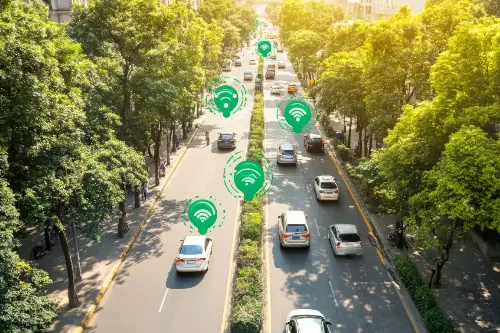
In an era where technology reigns supreme, the advancements in car safety features have been revolutionising how we approach road safety. Among the most cutting-edge trends is real-time traffic management. By leveraging live data and instant communication, this innovation offers drivers an uncompromised view of the road ahead. Through connected devices and intricate networks, information about traffic congestion, accidents, and road conditions are provided in real time, allowing motorists to take proactive measures. This not only reduces the likelihood of delays but also minimises the risk of accidents caused by sudden changes in traffic flow.
Moreover, city planners utilise this data to optimise traffic signals, leading to a smoother and more efficient flow of vehicles. The integration of this technology speaks directly to the necessity for a harmonious relationship between drivers and their environment, ensuring that each journey is as secure as it is efficient.
Advancing Towards a Safer Tomorrow: Advanced Driver Assistance Systems
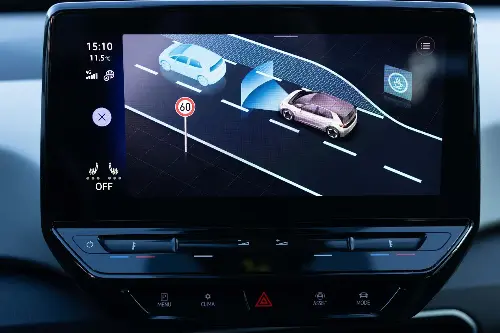
Advanced driver assistance systems (ADAS) are becoming a staple in modern vehicles, taking car safety into a new dimension. These systems use sensors and cameras to provide a suite of safety features, including adaptive cruise control, lane-keeping assist, and automatic emergency braking. They act as an extra pair of eyes on the road, monitoring the surroundings to prevent collisions.
For instance, adaptive cruise control maintains a safe distance from the car in front, reducing the mental strain on the driver during long highway journeys. Lane-keeping assist gently nudges the vehicle back into its lane should it begin to drift. Meanwhile, automatic emergency braking activates in critical situations, where it senses an imminent collision and the driver hasn't reacted in time. Not only do these features protect the occupants of the car, but they also offer a protective buffer for other road users, potentially reducing the severity of accidents.
Staying Connected, Staying Safe: Hands-free Connectivity
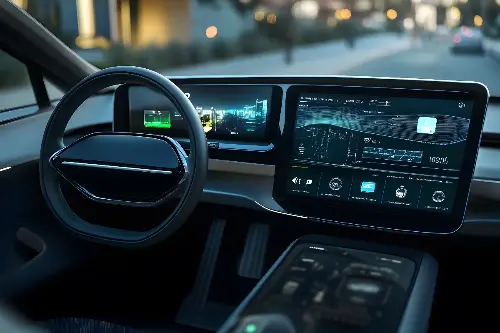
The demand for constant connectivity can often clash with the imperative need for focussed driving. Hands-free connectivity has risen as the solution to this dilemma, ensuring drivers can stay connected without diverting their attention from the road. Many modern vehicles come equipped with systems that allow drivers to make phone calls, send voice texts, and even control navigation and entertainment options without ever needing to take their hands off the wheel or eyes off the road.
This tech not only provides convenience but also drastically curbs the temptation of distracted driving. Bluetooth technology, voice recognition, and steering wheel controls all contribute to an environment where drivers can keep in touch without compromising on safety.
The Unmanned Journey: Autonomous Driving Integration
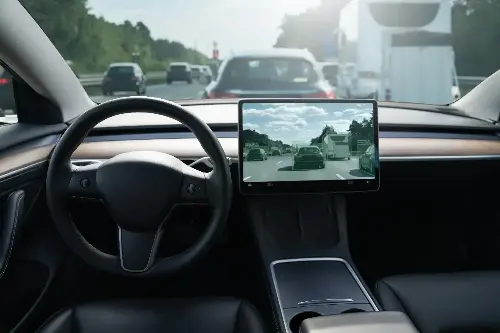
Perhaps the most exhilarating of current automotive innovations is the gradual integration of autonomous driving. Car manufacturers and tech giants alike have been in a race to perfect this technology, which promises to redefine the essence of driving. Self-driving cars are designed to reduce human error, which is a leading cause of road accidents. The full potential of autonomous vehicles could see cars communicating with each other, with traffic systems, and navigating without human input.
Although fully autonomous vehicles are yet to become mainstream, partial automation is already in use. Features like autonomous parking and traffic jam assist are paving the way for a future where cars can take over more driving tasks. As the technology evolves, the promise of sitting back and letting your car do the driving is not far from becoming a reality, with significant implications for improved road safety.
Embracing the Future of Drivable Safety
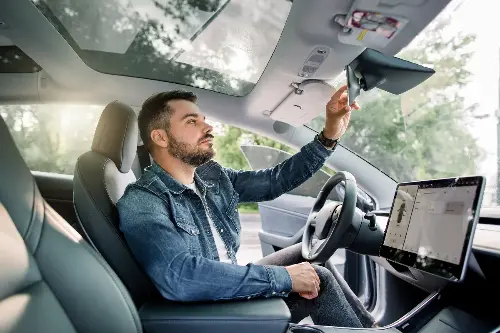
The advancements we're witnessing in car safety features are not just about protecting us in the event of an accident, but also about preventing those accidents from happening in the first place. From real-time traffic management that keeps us informed about the roads ahead to autonomous vehicles that could one day eliminate human error completely, the journey to a safer driving experience is well underway.
What is evident in this dynamic field is that innovation never rests, and with each new breakthrough, we can anticipate a future where driving is not only more secure but inherently connected to the technological pulse of our times. It is an evolving narrative of progress, one where every new chapter could mean the saving of countless lives on the roads, promising a more secure and smooth driving experience for all.
